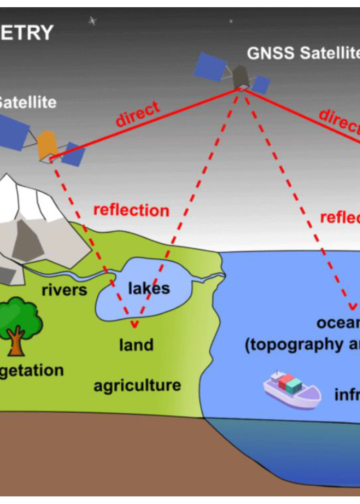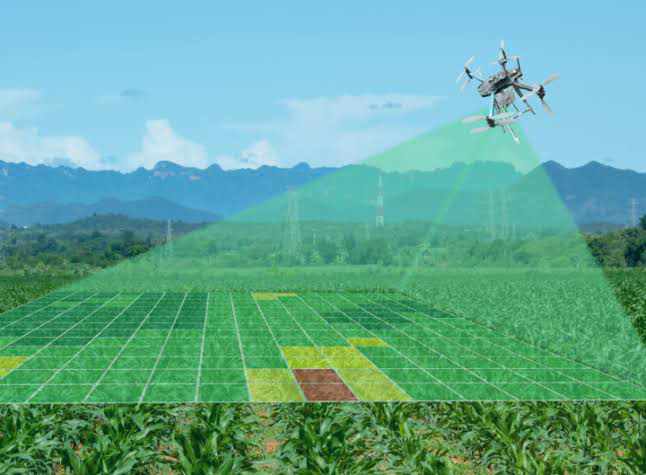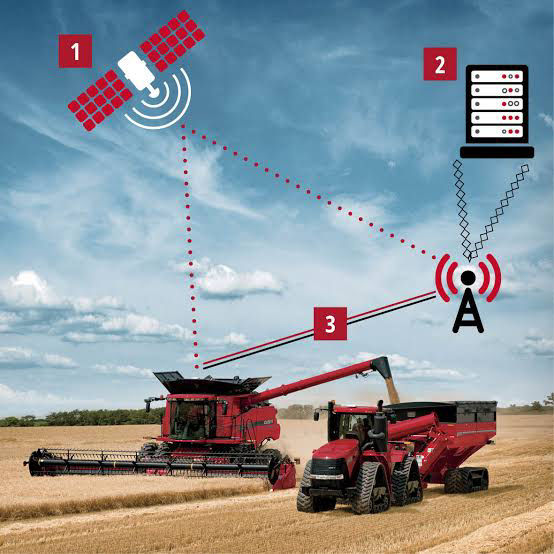Climate change poses a significant threat to the African continent, impacting ecosystems, communities, and economies. To effectively address and mitigate the effects of climate change, innovative technologies play a crucial role. One such technology to make strides in climate monitoring is GNSS (Global Navigation Satellite Systems). This article explores how GNSS can be employed to monitor climate change impacts in Africa, focusing on sea-level rise, temperature changes, and extreme weather events.
Sea-Level Rise Monitoring:
The rise in global sea levels is a direct consequence of climate change, posing a substantial threat to coastal regions. GNSS technology is instrumental in precisely measuring sea-level changes. By deploying GNSS receivers along coastlines, scientists can track vertical land movements and monitor sea-level variations with unprecedented accuracy.
In Africa, where many coastal areas are vulnerable to sea-level rise, GNSS can provide valuable data for understanding the rate of change and its potential impact on communities, agriculture, and infrastructure. Real-time monitoring through GNSS aids in early warning systems, helping coastal regions prepare for and adapt to the evolving sea levels.
Temperature Changes Assessment:
Temperature fluctuations and rising global temperatures are key indicators of climate change. GNSS receivers contribute to climate monitoring by providing data on land surface temperatures and aiding in the analysis of temperature trends over time. This information is crucial for assessing the impact of climate change on ecosystems, agriculture, and water resources.
In various African regions, GNSS technology can help researchers understand local temperature patterns, contributing to more accurate climate models and predictions. This knowledge is vital for devising effective strategies to mitigate the impact of temperature changes on vulnerable populations, particularly in arid and semi-arid areas.
Monitoring Extreme Weather Events:
Extreme weather events, such as hurricanes, droughts, and floods, are becoming more frequent and intense due to climate change. GNSS technology can assist in monitoring and predicting these events, offering valuable data for early warning systems and disaster preparedness.
In Africa, where extreme weather events can have severe consequences on communities and agriculture, GNSS can play a critical role in enhancing the accuracy of weather forecasting models. By integrating GNSS data with meteorological information, scientists can provide timely alerts and support governments and communities in implementing effective disaster response strategies.
Challenges and Future Prospects:
While GNSS technology has demonstrated its effectiveness in climate change monitoring, challenges such as infrastructure development, data sharing, and capacity building remain. Collaborative efforts between governments, research institutions, and international organizations are essential to overcome these challenges and harness the full potential of GNSS for climate resilience in Africa.
GNSS technology can emerge as a powerful tool in the fight against climate change in Africa. By monitoring sea-level rise, temperature changes, and extreme weather events, GNSS contributes valuable data to enhance our understanding of climate dynamics. This information is crucial for developing sustainable strategies to adapt to and mitigate the impacts of climate change, ultimately fostering a more resilient and sustainable future for the African continent.











